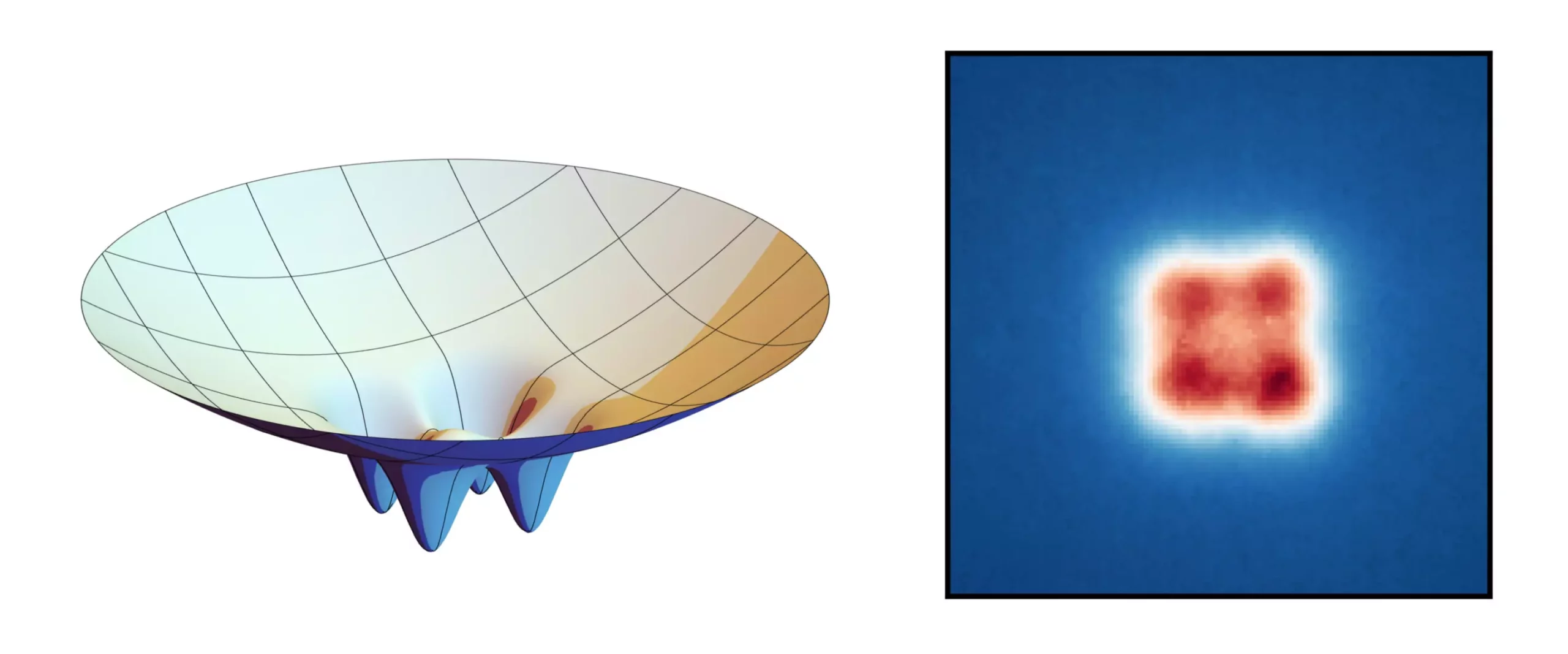In the world of quantum physics, the exploration of light particles has taken an exciting turn with the recent advancements made by researchers at the University of Bonn. They have successfully merged numerous light particles into what is referred to as “super photons,” a phenomenon that opens new doors for quantum communication and data security. Through innovative techniques utilizing “tiny nano molds,” scientists have managed to create structured arrangements of light, known as Bose-Einstein condensates, which can potentially revolutionize how information is exchanged, making it nearly impossible to tap or interfere with.
Bose-Einstein condensates (BEC) represent a state of matter that occurs when a significant number of bosons—particles that follow Bose-Einstein statistics—are cooled to temperatures approaching absolute zero. Under these extreme conditions, the bosons occupy the same quantum state, leading to remarkable collective behavior. In this context, light particles lose their individual identity and behave as a singular entity, or a super photon. Typically, a BEC resembles a formless, blurry speck, yet recent advancements have allowed for the imprinting of distinct lattice structures onto them, enhancing their potential applications.
The University of Bonn’s researchers have developed an intriguing method to manipulate light at a quantum level. Using a container filled with a dye solution, they excite dye molecules with a laser, allowing photons generated through this process to bounce off reflective surfaces. This bouncing act generates an environment conducive to cooling the light particles as they interact with the dye molecules. The cooling is integral, as it transforms these particles into a super photon state.
What makes this process particularly innovative is the addition of fine indents to the reflective surfaces. These small modifications create areas within the container where light can congregate, akin to creating dimples in a smooth surface. This concept parallels the idea of making an imprint in sand with a mold, and it serves to delineate specific regions where the condensate is favored to accumulate.
The ability to control the arrangement of light particles paves the way for groundbreaking applications in quantum communication. By structuring Bose-Einstein condensates into discrete lattice sites, researchers can facilitate quantum entanglement—where a shift in the state of one photon will influence the state of another, regardless of the distance between them. This correlation is fundamental for secure communication channels, providing a theoretically unhackable method for data exchange. The prospect of creating BECs across a multitude of lattice sites—potentially extending to 20 or more—could amplify this secure communication model significantly.
The implications of these findings are staggering. Imagine a scenario where multiple users, each with their own localized light structures, can seamlessly share information without the fear of interception. The lattice configurations could act as unique keys in a quantum cryptography system, contributing not only to the security of private communications but also to complex collaborative discussions—each participant’s information staying safe yet accessible within the quantum framework.
While the current research demonstrates a significant step forward, it also raises intriguing questions about the extent of control scientists could achieve over quantum states. Future investigations may explore further manipulations of these condensates, generating more complex configurations and uncovering new applications in quantum information science. The avenue for enhancing communication security through quantum entanglement is expansive, promising a safer digital future.
The work conducted at the University of Bonn is on the cusp of merging fundamental physics with practical applications in communication technology. The intricate dance of atoms and photons suggests a future where securely exchanged information is not merely a possibility but a practical reality. As researchers continue to unlock these secrets, the prospect of a secure quantum world looms ever closer.


Leave a Reply